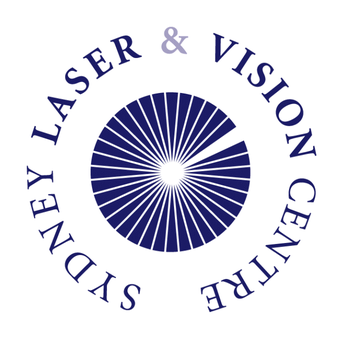Does diabetes affect your eyes? And what can you do about it?
Sunday 14th November is World Diabetes Day and this year’s focus is on prevention as well as making sure that everyone at risk has access to diabetes care.
Millions of Australians are directly affected by diabetes, and many more have a role in supporting a family member with the disease. While a healthy diet and regular exercise (most days per week) will go a long way towards preventing or delaying the onset of Type 2 diabetes, it is also essential to look for early signs of damage, especially in the eyes.
Living with diabetes
Just because you have diabetes doesn’t mean your life is over. Living well with diabetes is possible with the help of insulin and other medications. But, just as important, is ongoing education and care to prevent and manage the kind of damage diabetes can cause – including damage to your eyes.
Do I have diabetic eye disease?
Diabetes is the leading cause of preventable blindness in Australia. If your diabetes is well managed and was picked up early, you may not have eye disease, but you won’t know without regular, comprehensive eye exams. A thorough eye exam every year will pick up the earliest signs of eye disease and may even pick up diabetes itself.
What is diabetic retinopathy?
Diabetes damages the walls of blood vessels – including the little ones at the back of your eyes. In fact, those are the only blood vessels in your body that can be easily seen and photographed because they are on the surface of your retina. When an eye doctor looks into your eye they can see if the vessels look healthy or diseased.
Damage to blood vessels causes blood and other cellular fluids to leak into the eye. These are called haemorrhages, exudates and cotton wool spots. There can also be blockages in the vessels, called aneurisms. If part of your retina is starved of oxygen because of a poor supply of blood, it builds new blood vessels of an abnormal kind. They are particularly leaky. All this can cause blurred vision and black spots in your vision. It can even lead to blindness.
Importance of early detection
Diabetic retinopathy may be the most common visual complication of diabetes, but it’s not the only one. Did you know that poorly controlled diabetes can also lead to macular oedema (or swelling), retinal detachment, glaucoma and cataracts?
If you’ve recently been diagnosed with diabetes (Type 1 or 2), you should have your eyes thoroughly examined for diabetic eye disease. This comprehensive eye examination will check for any signs of retinopathy, as well as cataract and glaucoma.
This eye test involves a retinal examination, where your pupils will be dilated or enlarged with eye drops. You will have a special kind of imaging called OCT (optical coherence tomography) which involves an ultrasound examination of the back of your eye and shows up damage to underlying blood vessels. Your IOP (the pressure inside your eye) is also checked and monitored to help prevent glaucoma. Even if you get the all clear, you will still need an annual eye examination to detect early changes.
If there is damage, can anything be done?
The good news is, if there is retinal damage, there are some effective treatment options available. These include injections into the eye (which sound scarier than they are) as well as laser and other forms of surgery. If diabetes has caused cataract, this is very effectively treated with cataract microsurgery. Glaucoma is trickier because once sight is lost it can’t be regained, though further damage can often be prevented using eye drops and laser surgery.
Like most things in life, prevention is better than cure. Healthy diet, regular exercise and regular screening for disease are all important steps in diabetes prevention. But some of these things are easier to tick off the list than others. A thorough eye test can pick up even the earliest signs of disease. The earlier that eye disease is detected, the earlier your sight can be preserved.


